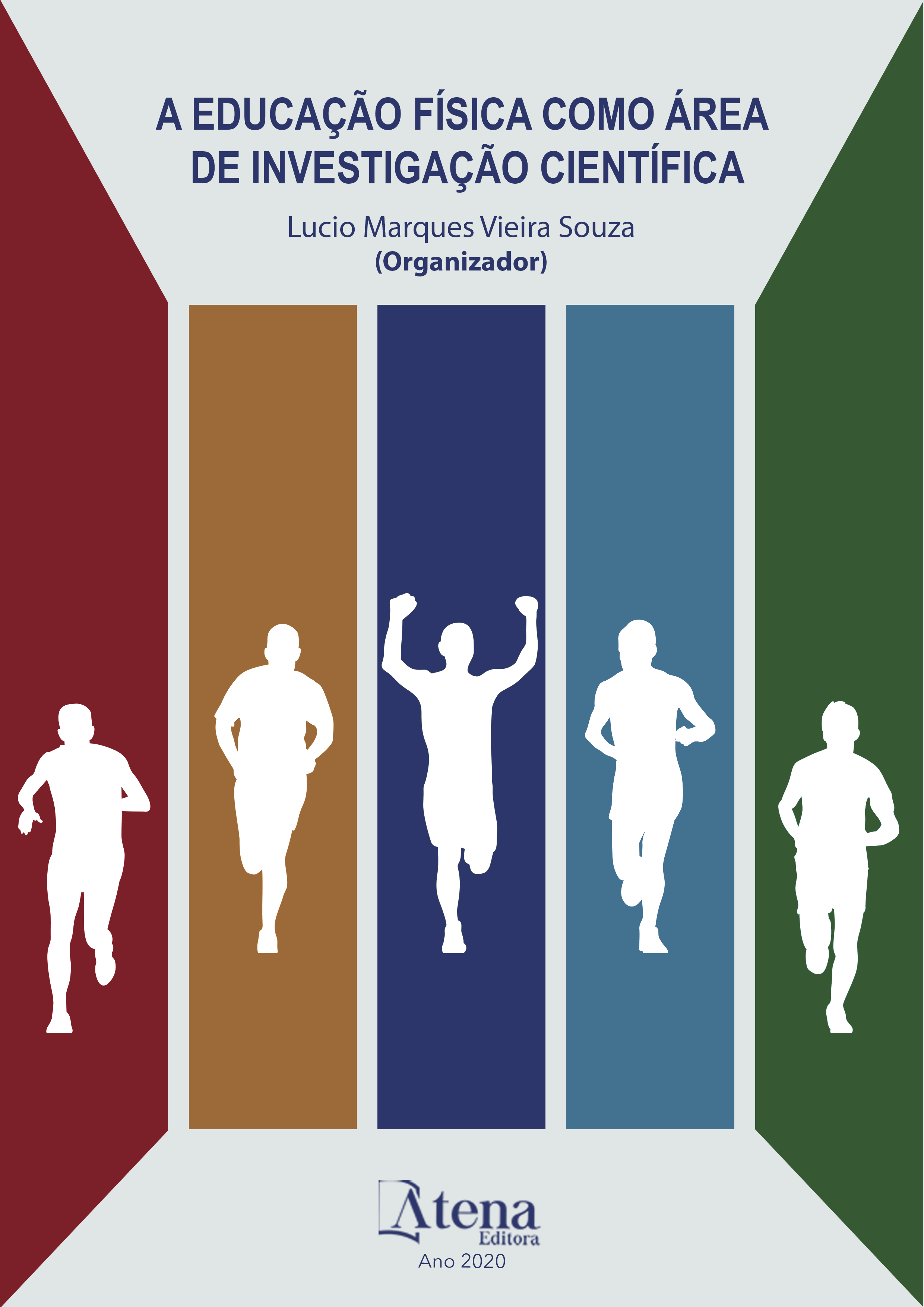
CORRELAÇÃO ENTRE A IDADE CRONOLÓGICA, O ESTADO MOTOR E DESEMPENHO DO SALTO VERTICAL DE CRIANÇAS EM IDADE ESCOLAR
O salto vertical é uma habilidade motora importante para o repertório motor de um indivíduo, visto que contribui para o desempenho em atividades diárias e esportivas. Em função disso, acredita-se que a investigação dos aspectos motores do salto vertical é relevante para caracterizar diferentes faixas etárias de crianças quanto ao desempenho motor desta habilidade. Porém, há pouca informação na literatura sobre a relação entre o estado motor de crianças, a idade cronológica e o desempenho no salto vertical. Portanto, o objetivo deste estudo é identificar se há uma correlação entre o nível de desenvolvimento motor da habilidade motora salto vertical, altura alcançada na execução da habilidade e a idade cronológica dos indivíduos. A amostra foi composta por 56 crianças, de ambos os gêneros, com idade entre 5 e 11 anos. Para classificação do nível de desenvolvimento motor do salto vertical utilizou-se a matriz observacional de Gallahue e Ozmun. Para a coleta de dados de imagem, utilizou-se a técnica de cinemetria. As imagens foram capturas por meio de uma câmera high speed e posteriormente processadas no software de análise de imagem. O teste de Coeficiente de Correlação de Spearman foi utilizado para verificar a correlação entre as variáveis. Nos resultados, identificou-se fraca correlação entre os dados de Idade x Estado Motor. No entanto, os dados de Estado Motor x Altura do Salto e Idade x Altura do Salto apresentaram moderada correlação. Acredita-se que estes achados possam auxiliar o professor de Educação Física no seu planejamento, visto que indicam uma relação entre o desempenho do salto e o desenvolvimento e crescimento do indivíduo, para que consigam atender as demandas de seus alunos. Sugere-se que, para futuras estudos, as experiências motoras dos indivíduos sejam investigadas, visando uma análise desenvolvimentista com maior profundidade para investigar sua relação com o desempenho no salto vertical.
CORRELAÇÃO ENTRE A IDADE CRONOLÓGICA, O ESTADO MOTOR E DESEMPENHO DO SALTO VERTICAL DE CRIANÇAS EM IDADE ESCOLAR
-
DOI: 10.22533/at.ed.4522015052
-
Palavras-chave: Salto Vertical, Crianças, Desenvolvimento Motor
-
Keywords: Vertical Jump, Children, Motor Development
-
Abstract:
The vertical jump is an important motor skill for the subject motor development, since it contributes to the performance in daily activities and sports skills. As a result, it is believed that the investigation of the vertical jump motor aspects is relevant to characterize different children´s age ranges by regarding the motor performance of this skill. However, there is a few information in the literature about the relationship between children's motor status, chronological age and vertical jump performance. Therefore, the aim of this study is to identify if there is a correlation between the level of vertical jump motor development, the height reached in the execution of this skill and the chronological age of the subjects. The sample was composed by 56 children of both genders and aged between 5 and 11 years old. The Gallahue and Ozmun exam was used to identify the level of vertical jump´s motor development. The kinematics technique was used for the image data. The images were captured using a high speed camera and later processed in the image analysis software. The Spearman Correlation Coefficient test was used to identify the correlation between variables. As a results, a weak correlation was identified between the Age x Motor State data. However, the data on Motor State x Jump Height and Age x Jump Height presented a moderate correlation. It is believed that the findings can assist the Physical Education Teachers in their planning since it indicates a relation between the jump performance and the subjects development and growth, to get a better understanding on their students demands. For future studies it is suggested that the individuals motor experiences should be investigated deeply on a developmental analysis to explore their relationship with vertical jump performance.
-
Número de páginas: 11
- Sergio Medeiros Pinto
- Igor da Silveira Carvalho
- Tainá de Sousa Oliveira
- Jomilto Luiz Praxedes dos Santos


